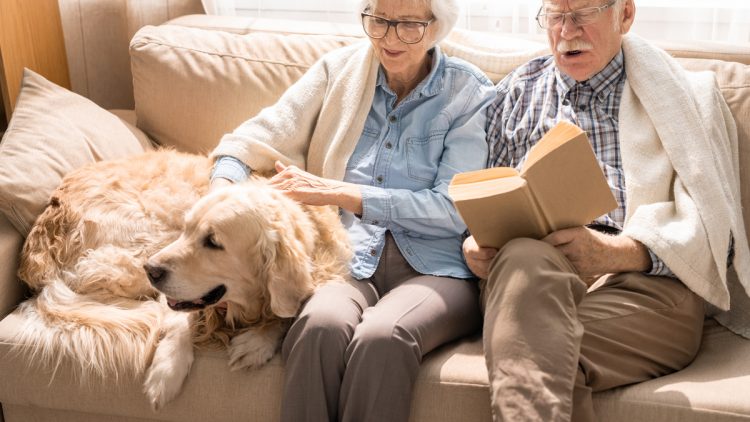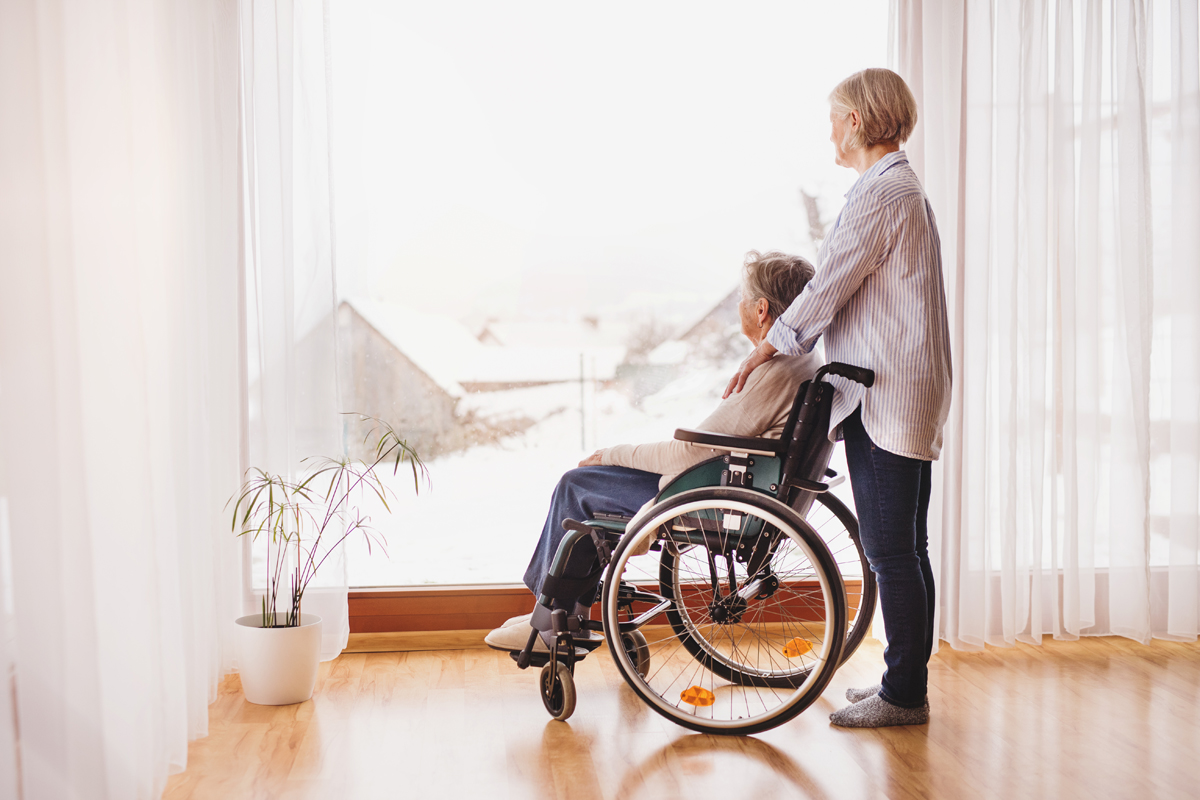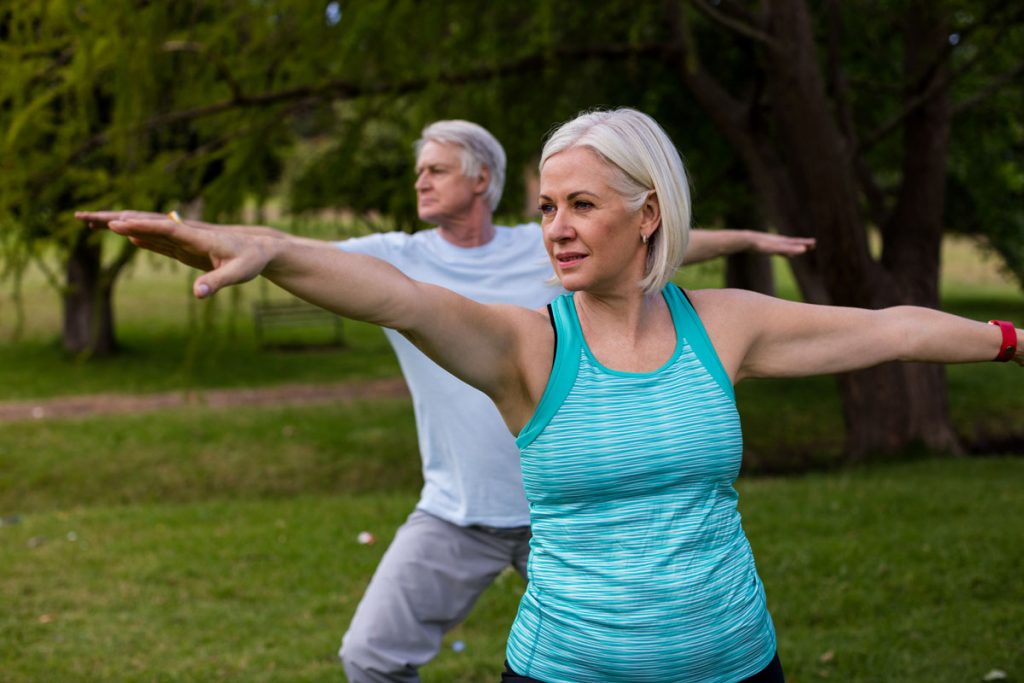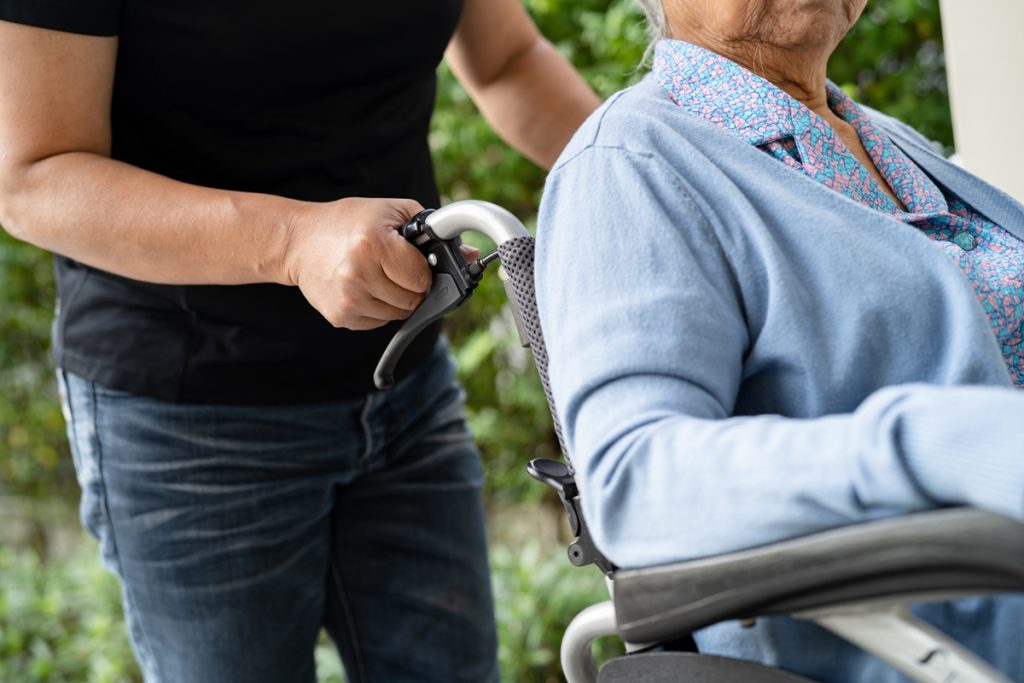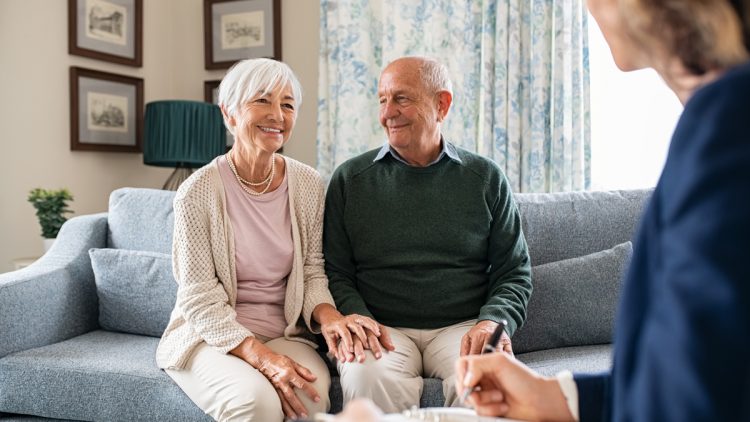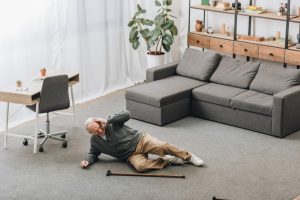Age In Place Definition
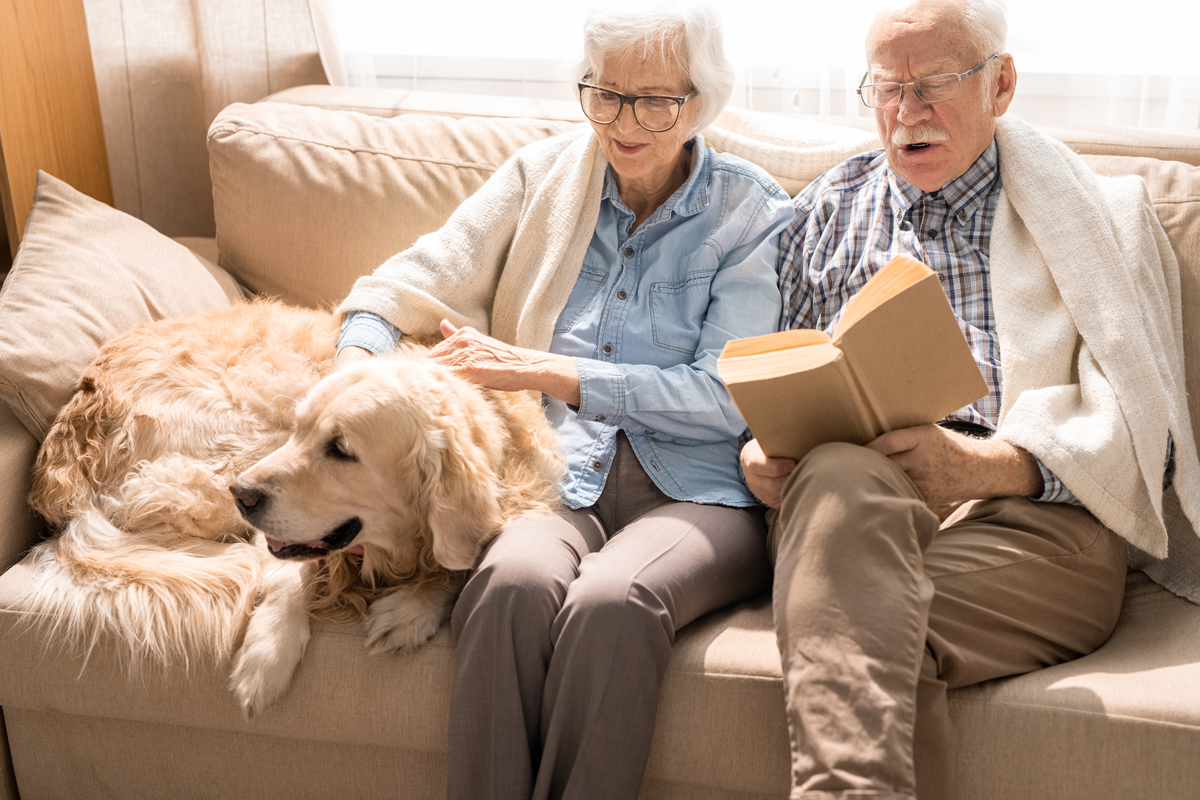
Age in place is a term commonly used to describe an individual living in the residence of their choice, as they age, for as long as they can. This does include being able to have services as needs change over time.
What Does It Mean To Age In Place?
Aging in place takes place during a period of time in an elderly citizen’s life where they can have the necessities craved during daily life, while also maintaining quality of life overall.
The goal of aging in place is to help seniors live in their own home all while receiving care and services, when needed. Any elderly person wishing to age in place should prioritize maintaining and/or improving their quality of life. It’s recommended to develop a thorough plan regarding your home, finances and future care.
Aging Changes
Aging undoubtedly brings changes to us all. As seniors age, it’s crucial to plan for changes and what impact these changes may have on their lives.
Here are a few examples of changes that can be experienced:
- Decreased muscle strength.
- Lack of endurance.
- Reduced vision.
- Increased risk of falls and illness.
- Decreased mobility.
- Reduced hearing capabilities.
These changes can impact one’s daily life. When physical and mental capabilities lessen and needs change, many daily activities can be altered, including:
- Transportation needs.
- Socialization.
- Home upkeep.
- Staying safe inside the home.
For seniors looking to age in place, there are many ways to remodel your house, creating a forever home. Safety is crucial when planning any updates or remodels to the home after age 55. Customizing your home to age in place will undoubtedly make it a safer and more valuable environment. Here are a few ways to create a safe house for senior living.
How To Age In Place At Home
Of course, any home remodeling must accommodate any potential changes in mobility. Mobility can be a challenge specifically in the bathroom. Some simple renovations could include adjusting the height of the toilets, step-through tubs, bath bars and showers.
Stairs present a new set of issues for seniors as they age in place. Adding a chair lift can be a great way to make second-story access possible for all. Chair lifts enable seniors to access areas they typically cannot without mobility issues.
Alzheimer’s patients generally have no issues with mobility. This means safety should be the focus when remodeling the home. For example, electronic door chimes that sound throughout the home are an easy way to alert anyone currently caring for the patient.
As we age, we may lose our ability to see into darkened areas and at night. Lighted switches and motion-activated lighting are two convenient safety features to add to the home. In addition, lighted cover plates and outlets will undoubtedly make it easier for seniors to find the switch.
Age In Place Home Modifications
There are many minor and significant updates one can make to create a safer living environment. Whether it’s a minor adjustment or full-scale remodel, here are a few simple steps you can take to age in place as comfortably as possible.
First-Floor Living
The suggestion is for all senior citizens to move permanently to the first floor. This is the safest way to age in place at home. There are many home designers that can configure the home to your liking and safety needs. Some necessities for first-floor living include a full bathroom, efficient kitchen space, living spaces and laundry access. Roomy pathways are also recommended. Install railings in pathways and secure all carpeting to the floor.
Easier Entryways
The best way to create easier access to your home is by installing a no-step entrance. This means you should create a flat landing outside the door that is also sheltered from any potential inclement weather. Secondly, add doors that are at least 36 inches wide with lever handles in place. A nearby bench is a good idea to have indoors, as this can serve as a safe place to change footwear. All rugs inside and outside need to be secured with nonslip rubber pads underneath.
Safety In The Bathroom
Falls in the bathroom can be extremely dangerous for the elderly. Thankfully, many bathrooms can be designed with safety in mind. Design the bathroom with lots of space for the potential of wheelchairs or even installing more grab bars in the future. Entry doors should slide open like barn doors. Tub/shower areas should come complete with grab bars. You can also install grab bars around the toilet.
Kitchen Designs
Ensure all frequently used items are always within easy reach. Open kitchen plans, which are very popular nowadays, typically maximize lighting and sightlines. Layered lighting tends to be aging-friendly. There really is no limit on designs or types of materials to use for the kitchen, the goal is simply to keep everything within reach and make the space easy to maneuver.
Age In Place Remodeling Services
Thinking about adding safety grab bars, a raised toilet seat or other modifications to prevent falls in your home? Our physical and occupational therapists provide free home safety screenings, and will make clinically guided fall prevention recommendations, as well as create a customized plan to fit your individual needs. We follow up with clinically guided installation of all of our fall prevention home safety products.
Our clinically guided solutions will ensure you and your loved ones can navigate your home environment safely and with confidence. Visit our Home Safety Solutions page to learn about the products and services we provide and install (we are licensed, bonded and insured), to help you prevent falls in your home.
Related Posts

